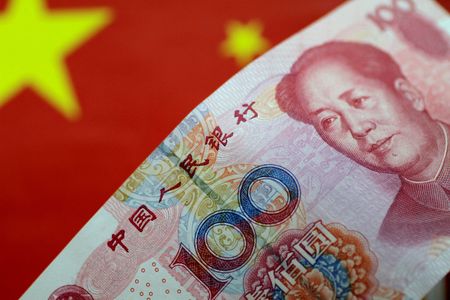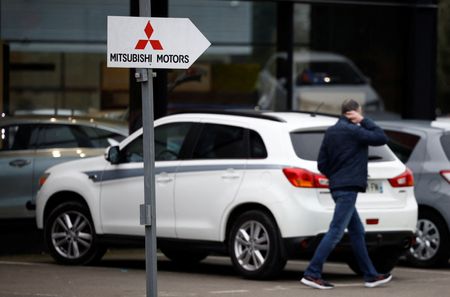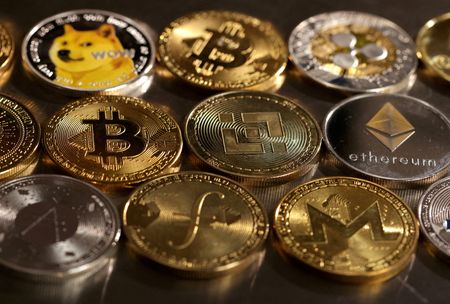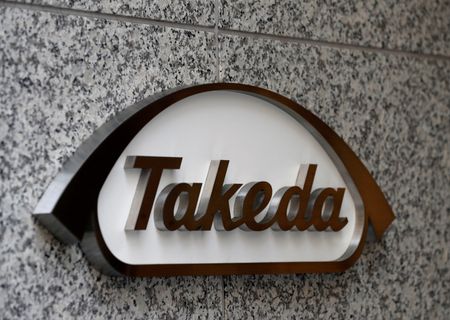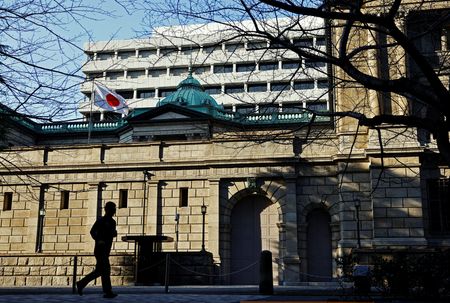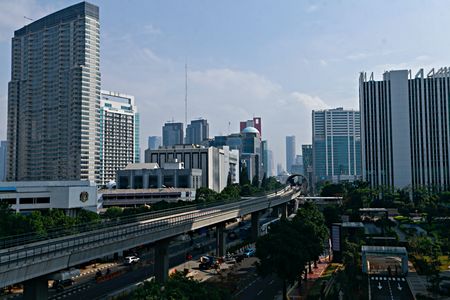By Manoj Kumar and Nikunj Ohri
NEW DELHI (Reuters) – India plans to review import tariffs on over 30 items, including luxury cars, solar cells and chemicals, a senior finance ministry official said, potentially leading to increased imports from the United States as global trade tensions grow.
The move, aimed at reducing average tariffs, comes ahead of Prime Minister Narendra Modi’s visit to the U.S. next week.
In a bid to avoid President Donald Trump’s growing tariff actions, India has already reduced average import tariff rates to 11% from 13% on several items in the latest budget.
The finance ministry official did not give the time period for the completion of the consultation process, but industry analysts say the process could take months.
Various Indian government departments, including those overseeing heavy industries and renewable energy, will soon consult local industry on reducing the Agriculture Infrastructure Development Cess (AIDC), Sanjay Agarwal, chairman of Central Board of Indirect Taxes and Customs, told Reuters in an interview on Tuesday.
The AIDC is an alternative import tariff, collected by the Indian federal government for raising funds in a separate pool, and funds collected are used for building farm infrastructure.
Agarwal said the ministries would select items from this list for possible tariff reduction after industry consultations.
India has protected domestic industries such as autos, pharmaceuticals and farm sectors through state subsidies and high import tariffs, amid growing pressure to improve ties with the Trump administration.
The list includes 32 items such as luxury cars, solar cells, yachts, sports vessels, devices used in building semiconductors, and other machinery, all of which have seen the government impose AIDC tariff of between 6.5% and 70% on imports, after reducing the basic customs duties.
India’s average import tariffs, including AIDC, are much higher than those of major trading partners including the United States, China and Japan, the official acknowledged.
“We can’t take a giant step. We have to take baby steps,” Agarwal said, referencing India’s strategy of gradually reducing tariffs to temporarily protect domestic industries and boost their competitiveness.
TRADE BALANCE WITH THE U.S.
Referring to Trump’s concerns about the high U.S. trade imbalance with India, Agarwal said average tariffs on goods imported from the United States, are relatively low, and imports, especially of crude oil and liquefied natural gas, could increase this year.
“Duty is not an issue in the oil sector. One (Indian) rupee per metric ton is the rate of duty on import of crude,” he said, suggesting that U.S. crude could become more attractive for India as supplies from Russia face increased sanctions.
India’s trade surplus with the U.S., estimated at $35 billion in 2023/24, has been a highly contentious point following Trump’s earlier threat of imposing tariffs over India’s high levies.
India’s crude oil and LNG imports from the U.S., estimated at about $6.5 billion in 2023/24 fiscal year ending March, out of a total $42 billion imports, could increase after the U.S. sanctions on Russia’s oil companies and China’s retaliatory tariffs on energy imports from the U.S., analysts said.
“We got better prices from Russia. But the situation may change,” Agarwal said adding the trade imbalance could be “corrected.”
India’s top 30 import items from the U.S., such as oil products and diamonds, all fall within low tariff category, with rates ranging from 3% on airplanes to 7.5% on petrochemicals, he said, indicating items where imports could potentially increase.
(Reporting by Manoj Kumar and Nikunj Ohri; Editing by Kim Coghill)


